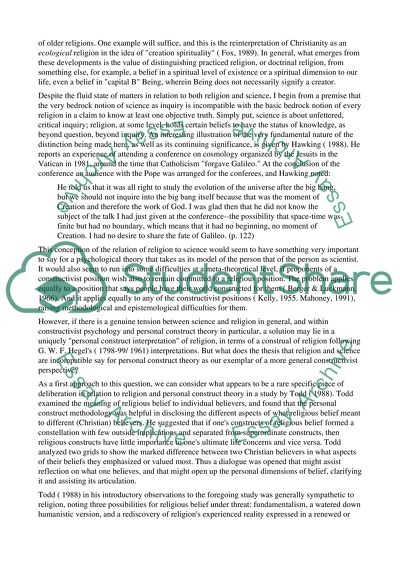Is this Religion Absolustic or Relavistic Essay Example | Topics and Well Written Essays - 500 words. Retrieved from https://studentshare.org/miscellaneous/1571037-is-this-religion-absolustic-or-relavistic
Is This Religion Absolustic or Relavistic Essay Example | Topics and Well Written Essays - 500 Words. https://studentshare.org/miscellaneous/1571037-is-this-religion-absolustic-or-relavistic.


